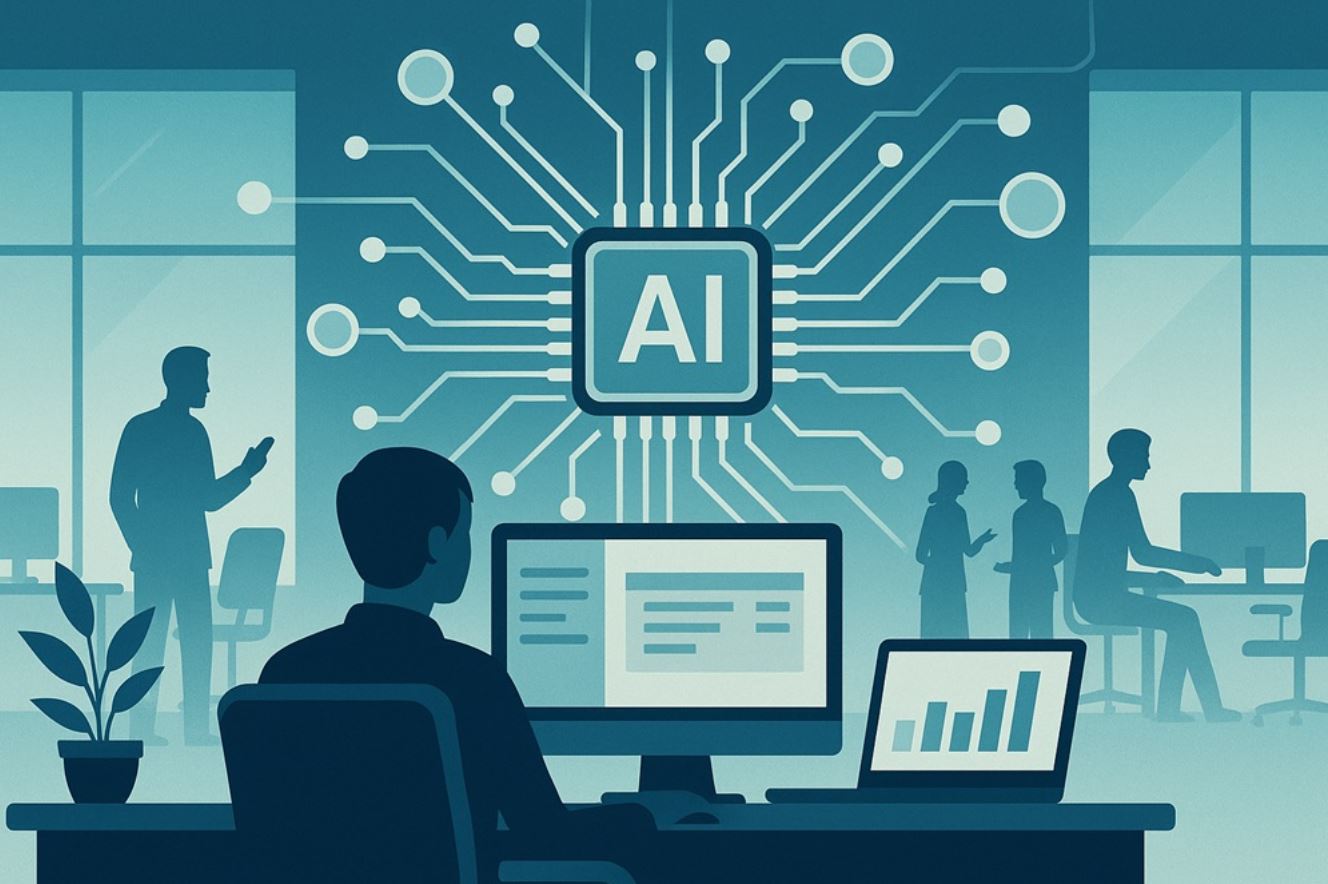 Managing an e-commerce platform that processes millions of transactions every minute can leave you overwhelmed by data – from logs and metrics to distributed traces. If you’ve ever wrestled with such a flood of telemetry, you know how easy it is for insights to get lost in the noise. That’s when I began exploring the Model Context Protocol (MCP) as a way to inject meaningful context into your data.
Managing an e-commerce platform that processes millions of transactions every minute can leave you overwhelmed by data – from logs and metrics to distributed traces. If you’ve ever wrestled with such a flood of telemetry, you know how easy it is for insights to get lost in the noise. That’s when I began exploring the Model Context Protocol (MCP) as a way to inject meaningful context into your data.
Observability is the backbone of modern software, ensuring systems run smoothly and users stay confident. In today’s cloud-native, microservice-based world, a single user request might bounce through countless services, each adding its own fragment of data. The result is a labyrinth of information that can be hard to decode.
Consider New Relic’s 2023 Observability Forecast Report: half of all organisations struggle with siloed data, and only about one in three manage a unified view across metrics, logs, and traces. When the context isn’t there, engineers often end up piecing together clues through guesswork and manual analysis.
This challenge made me ask: can AI help untangle fragmented data and deliver insights that are both comprehensive and accessible? In particular, might a structured protocol like MCP turn a jumble of telemetry into a clear, actionable picture for both people and machines?
MCP, defined by Anthropic, is an open standard that securely connects data sources with AI tools. By combining contextual data extraction, a structured query interface, and semantic enrichment, MCP embeds useful information directly into telemetry signals. This approach shifts the focus from slashing through endless logs to generating proactive insights.
The system architecture we developed starts by embedding standardised metadata right into the telemetry – whether it’s distributed traces, logs, or metrics. Enriched data then flows into an MCP server that indexes, structures, and makes it accessible via APIs. Finally, an AI-driven engine digs into this refined data to detect anomalies, spot correlations, and find root causes, making troubleshooting a much smoother process.
Building an MCP-powered observability platform involves three clear layers. First, you enrich the raw data with context at the source, which tackles the correlation challenge early on. Next, the MCP server turns that data into a tidy, queryable API by focusing on indexing, filtering, and aggregation. The final layer applies AI to highlight anomalies and uncover connections that might otherwise go unnoticed.
Integrating MCP with observability tools brings tangible benefits: faster anomaly detection, easier root-cause analysis, reduced background noise, and improved efficiency for engineering teams. It means you can spend less time sifting through alerts and more time addressing the issues that matter.
A key takeaway from this project is the importance of embedding contextual metadata as early as possible. Without that, later stages of analysis struggle to link events effectively. Combining structured data interfaces with API-driven layers and context-aware AI not only boosts accuracy but ensures that insights are actionable. Continually refining your methods based on real-world feedback is essential.
By merging structured data pipelines with AI, you can transform vast amounts of telemetry into clear, actionable insights. This shift from reactive problem-solving to proactive monitoring represents a practical step towards more resilient and efficient systems.








